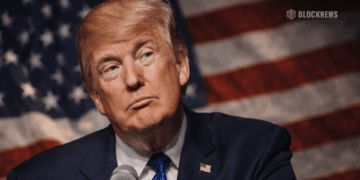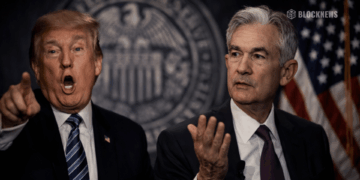- The explosive growth of stablecoins, especially dollar-pegged ones like Tether and USD Coin, has reinforced the U.S. dollar’s status as the dominant global reserve currency rather than eroded it.
- Stablecoins give crypto traders and decentralized finance platforms a liquid, stable asset tied to the U.S. dollar without volatility, boosting demand for dollars.
- While risks exist, the rise of crypto and stablecoins relies heavily on the dollar system, so these innovations may complement and strengthen the dollar’s primacy in global finance.
Stablecoins have seen explosive growth in recent years, especially with the rise of decentralized finance (DeFi). These digital assets, pegged to fiat currencies like the U.S. dollar, play a pivotal role in crypto markets. According to one Federal Reserve governor, stablecoins may actually help solidify the dollar’s status as the world’s reserve currency.
The Popularity of Dollar-Pegged Stablecoins
About 99% of the stablecoin market is pegged to the U.S. dollar. Tether (USDT) and USD Coin (USDC), the two largest stablecoins, make up 90% of the nearly $140 billion total stablecoin market capitalization. These stablecoins give traders a liquid, stable asset to use in DeFi and crypto trading without exposure to more volatile cryptocurrencies.
How Stablecoins Could Boost the Dollar
According to Fed governor Christopher Waller, some speculate cryptocurrencies could replace the dollar as the global reserve currency. However, because most DeFi activity relies on dollar-pegged stablecoins, the rise of crypto may strengthen the dollar’s dominance. While the rapid growth of crypto could reduce reliance on the dollar over time, Waller said there has been no notable erosion in the dollar’s status so far. Crypto developments have reinforced the dollar’s role.
Looking Ahead
U.S. lawmakers are finalizing regulations for stablecoins after months of debate. The Fed sees stablecoins as a new form of money and wants robust oversight going forward. While risks exist, the popularity of stablecoins in crypto could help maintain the dollar’s primacy as the currency of global trade and finance. Their growth underscores how crypto and digital dollars can coexist and even complement one another.
Conclusion
Far from threatening the U.S. dollar, the rise of stablecoins may reinforce its status as the world’s go-to currency. Crypto is still nascent, but its development largely relies on dollar-backed stablecoins. As crypto matures, stablecoins could boost the greenback’s dominance by locking in demand for dollars to support decentralized systems and platforms. The growth of DeFi and stablecoins shows how digital innovation can expand use cases for government-issued fiat.














